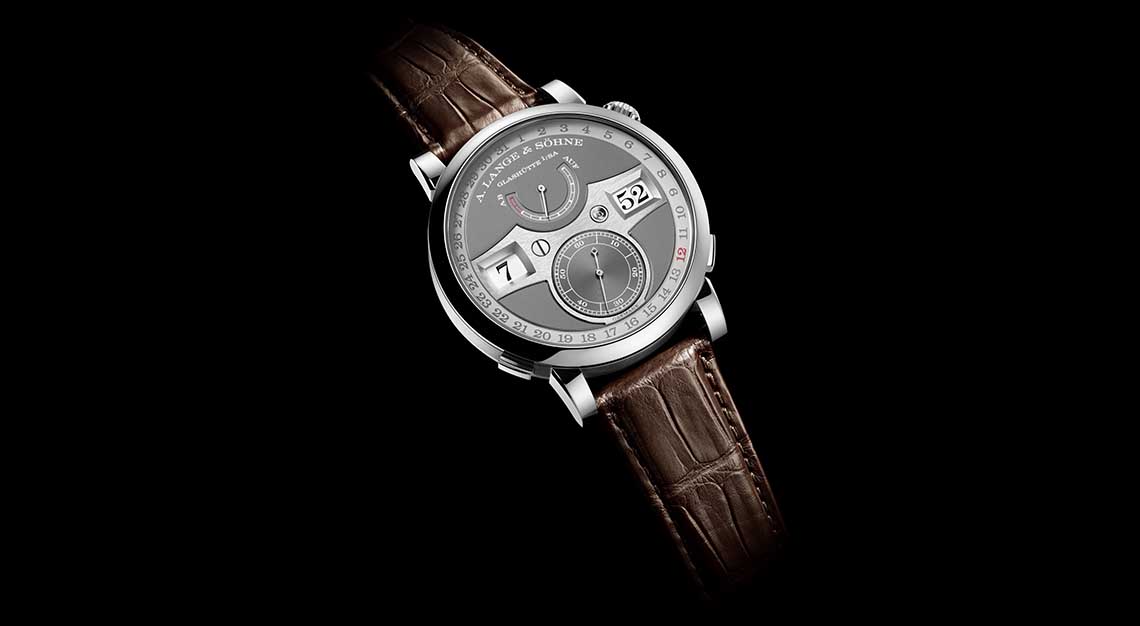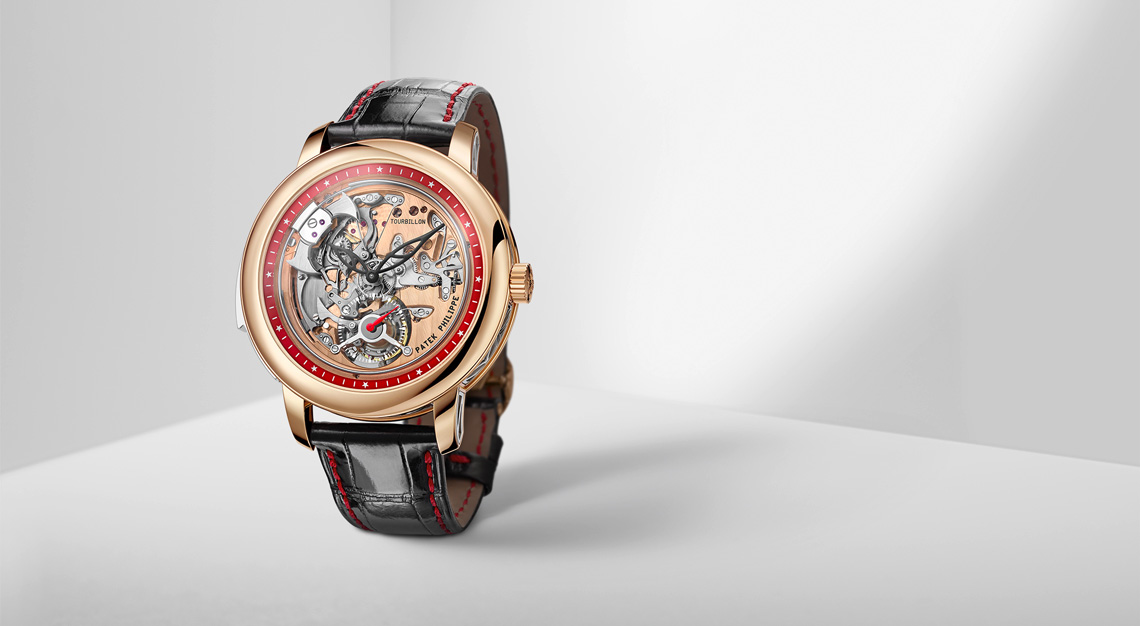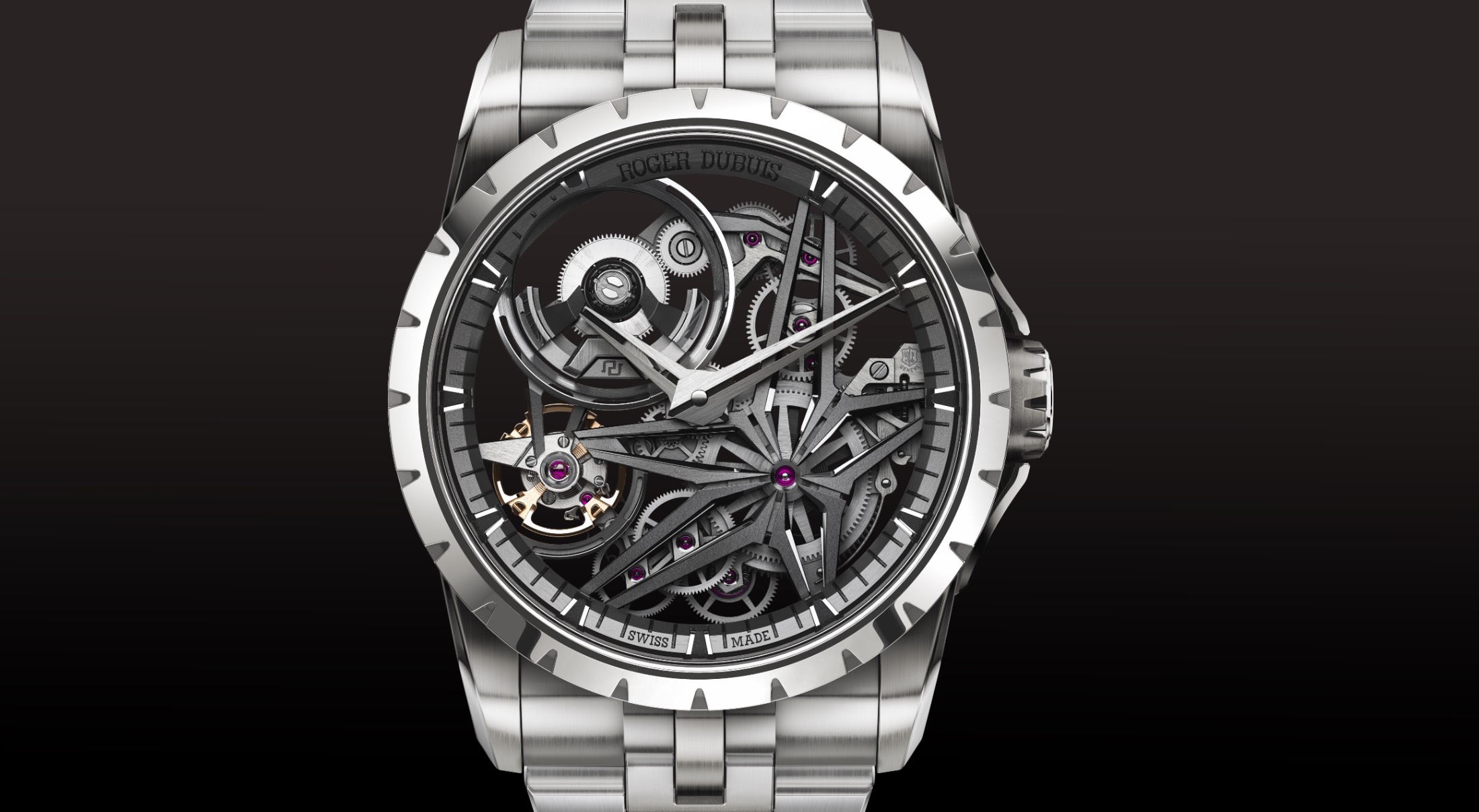A highly subjective look at the revered watchmaker’s most iconic references
Patek Philippe is widely regarded as the world’s finest watch manufacturer, but ask a cohort of collectors, retailers, bloggers and auctioneers to come to a consensus on the five best models the firm has introduced since 2000 and all hell breaks loose. While they may agree on the broad strokes that have propelled the historic Geneva watchmaker to the top of the watchmaking pyramid (family ownership, quality craftsmanship and a fierce commitment to safeguarding the brand’s legacy), they have vastly different ideas about what constitutes an iconic reference.
Does the Split Seconds Chronograph, ref. 5959 introduced in 2005, with its in-house ultra-thin movement, qualify? What about the super trendy white gold and khaki green dial Aquanaut, ref. 5168G unveiled earlier this year?
We asked eight people to weigh in on these questions and more, yet there was almost no overlap in the models they recommended.
Almost being the operative word. The Nautilus Ref. 5711 came up four times—a reflection of the steel sport model’s market dominance. So that’s where we’ll kick off this highly subjective retrospective. Without further ado, we present the five most iconic references introduced by Patek Philippe in the 21st century:
Nautilus, Ref. 5711/1A
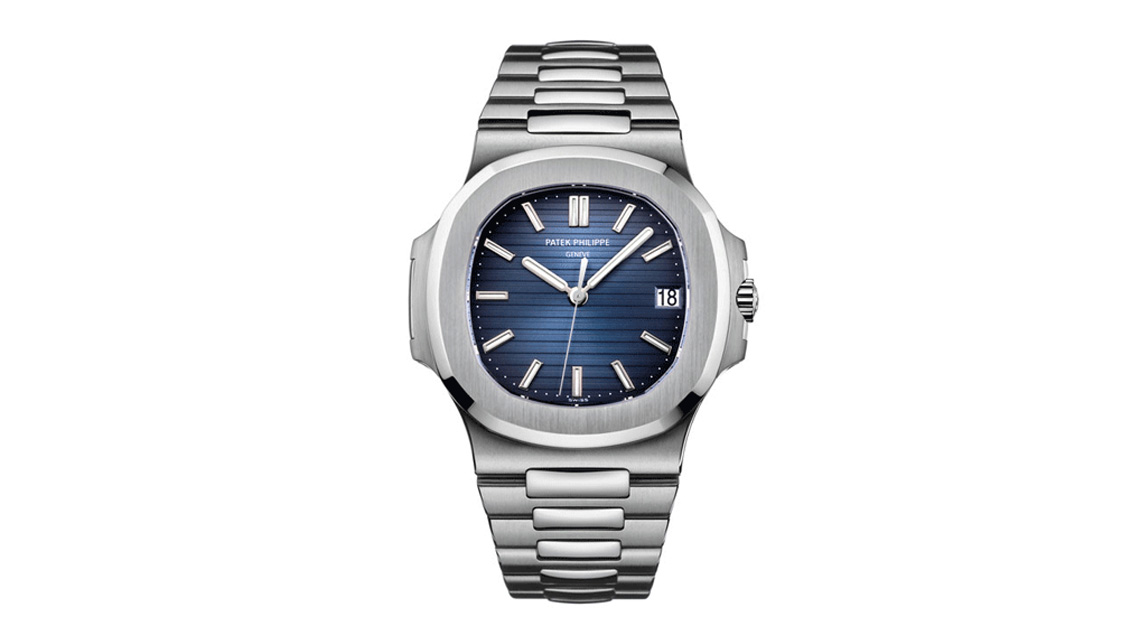
The original Nautilus ref. 3700 was a stainless steel luxury watch influenced by nautical motifs, designed by Gerald Genta in 1973 and introduced in 1976.
On the model’s 30th anniversary in 2006, Patek Philippe rolled out a new take on the Nautilus, ref. 5711, a modern update lauded for its graceful synthesis of historic details and contemporary styling.
“Maintaining the classic beauty of the original, the modern ref. 5711/1A incorporated several innovations over the original including greater water resistance, better corrosion resistance thanks to the use of higher-grade steel, and improved comfort from a superior double-folding clasp,” says Paul Boutros, Americas’ head of watches for Phillips.
In recent years, and especially during the pandemic, ref. 5711 became a watchmaking sensation, rewriting the rules of the secondary market. In 2021, Patek Philippe president Thierry Stern surprised the watch world by announcing that the brand would discontinue the reference, but not before releasing two blockbuster farewell editions, the olive green dial Nautilus, introduced in April of that year, and, most importantly, the Nautilus with a dial coloured in Tiffany & Co.’s robin’s egg blue, unveiled in December 2021 in a limited edition of just 170 pieces (to mark Patek’s 170-year relationship with the Blue Box retailer).
Virtually every dealer we spoke to acknowledged that the 5711 embodied the luxury watch industry’s “hype watch” phenomenon (one reason seasoned Patek dealer and Collectability founder John Reardon voted to boot it off the list—“Nothing new or inspirational with these except a boom and bust cycle,” he says). And yet few people dispute that the enduring mania over the Tiffany blue edition is a reflection of Patek’s AAA reputation, and a powerful comment on the hot-for-horology times we live in.
“To have a watch that was US$52,000 retail and in today’s market still sells for more than US$1 million on the secondary market is pretty unbelievable,” says vintage watch specialist Aeric Wind of Wind Vintage in Palm Beach, Fla.
For Patek lovers, however, the appeal of the standard 5711 is about so much more than price. “It’s the perfect everyday watch,” says Jasem Al Zeraei, a Kuwait-based collector whose alter ego is @Patekaholic. “It embodies everything that is Patek in today’s time.”
Perpetual Calendar Chronograph, Ref. 5970P
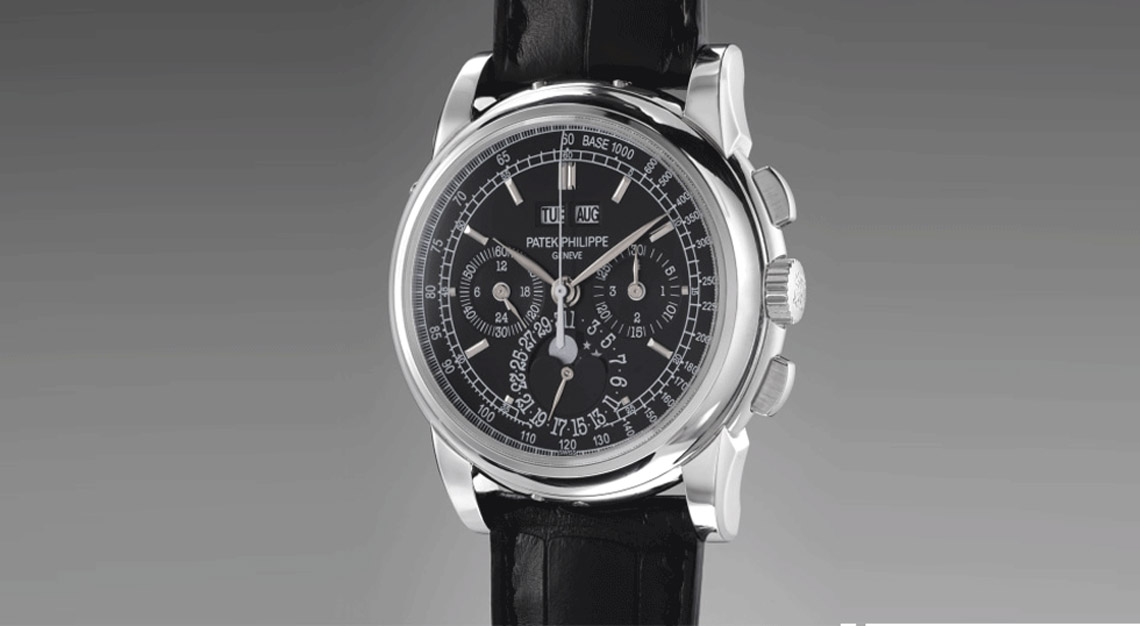
As timepiece holy grails go, you’re unlikely to find one holier than the granddaddy of grand complications, the Perpetual Calendar Chronograph, ref. 5970.
“A direct descendant of Patek Philippe’s iconic references 1518 and 2499, the 5970 is admired by collectors for its superbly balanced proportions and 40 mm case diameter,” says Boutros. “Incorporating square pushers and tasteful stepped lugs, the 5970 harmonised modern styling with the classic roots of its revered vintage models. Released in 2004 and produced for just seven years, it was the brand’s last perpetual calendar chronograph to use a highly modified outsourced movement—a well-respected Lemania-based calibre. Produced in 18-karat yellow gold, white gold, rose gold, and platinum, its stunning, classic aesthetics and relative rarity makes any version highly sought after today.”
Adding to the model’s mystique is its relatively short production run, which has helped make the platinum and yellow gold versions “the most collectible of them all,” according to Denis Boulle, cofounder of de Boulle in Dallas.
Among men unafraid to sport a few diamonds, the 5970 is beloved for laying the groundwork for another sought-after grand complication, the 5271P-001: “Building on the 5970P, which is my favourite modern Patek, this timepiece adds an amazing factory-set bezel, which elevates the whole affair creating a perfect black tie timepiece,” says Yoni Ben-Yehuda, head of business development at Material Good.
Sky Moon Celestial, Ref. 6102P
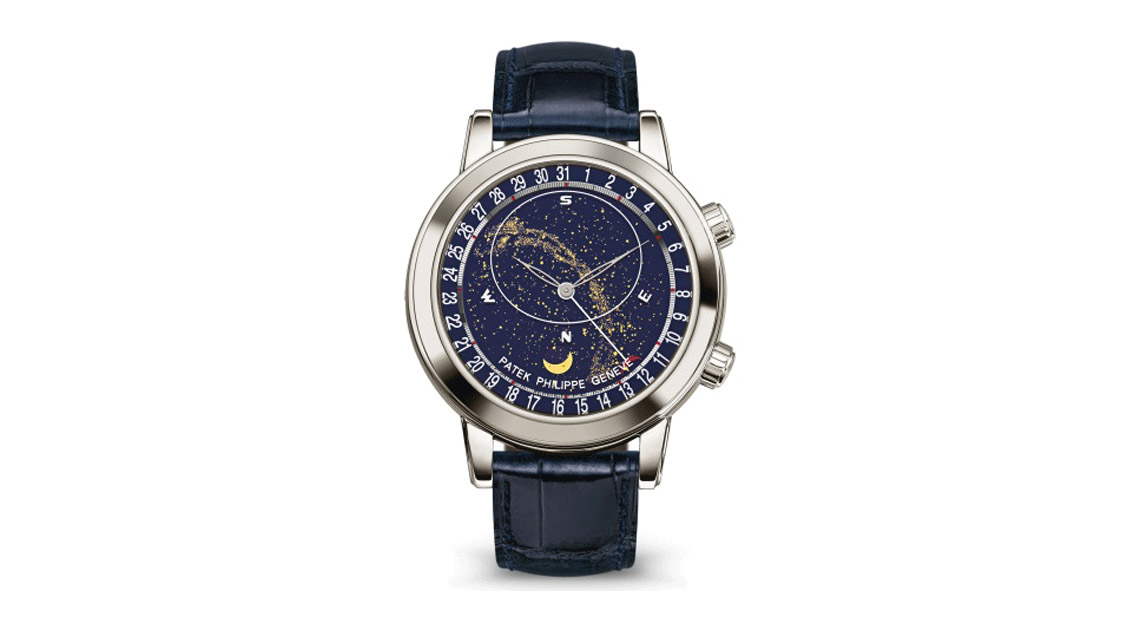
Anyone familiar with Patek Philippe’s early 20th century oeuvre will recognise the Sky Moon Celestial, Ref. 6102P as the wristwatch progeny of the astronomical pocket watches the firm crafted for collectors such as Henry Graves, Jr. and James Warm Packard, whose gentlemanly war to own the world’s most remarkable watch is the stuff of legend.
Introduced in 2015, the model pays homage to Patek’s illustrious history without compromising its modernity. “This timepiece is poetry,” says Ben-Yehuda. “Patek has a rich history with celestial complications, and this timepiece builds upon that flawlessly. The poetic complication, coupled with the unabashed larger size (especially for Patek) makes this one near perfect.”
First Ladies Chronograph, Ref. 7071
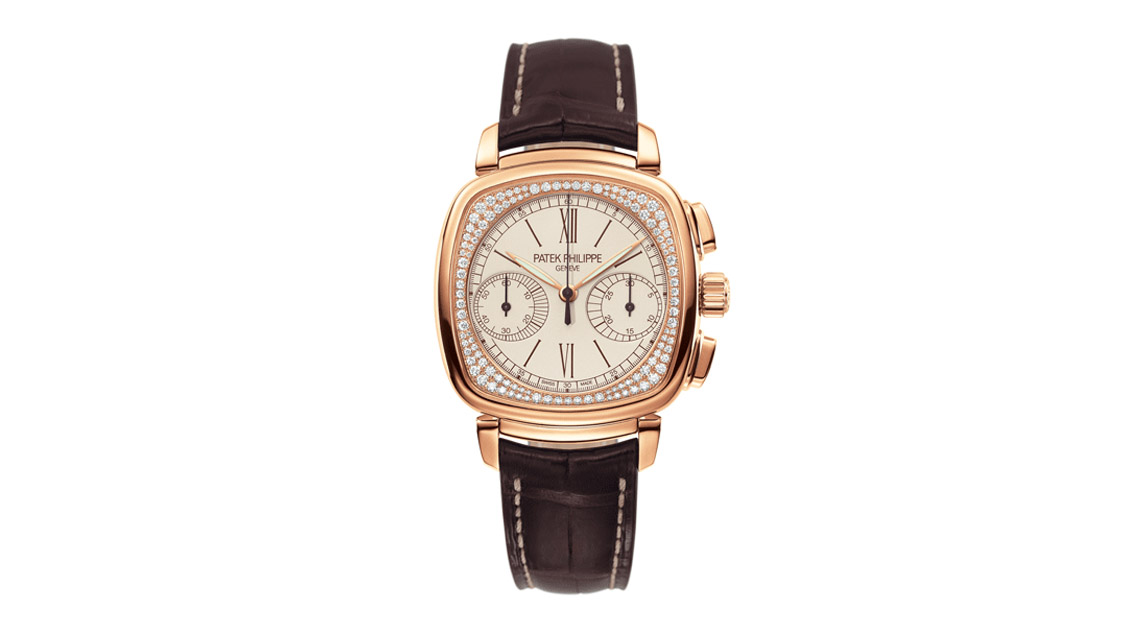
In 2009, Patek surprised collectors and fans with a model they didn’t see coming. Dubbed the Ladies First Chronograph, ref. 7071 was the successor to a legendary chronograph calibre developed exclusively for Patek Philippe by Nouvelle Lémania in 1986.
That the firm chose to present its first entirely in-house traditional chronograph movement (column wheel, horizontal clutch, manual winding) in a ladies’ timepiece set the stage for an industry-wide conversation about how to court female buyers.
“Since then, the CH 29-535 PS movement has been used in additional men’s and ladies timepieces in their collection,” Boulle says.
Of course, no one could deny the model’s voluptuous good looks: “I have a soft spot for both cushion-shaped cases and manufacturers who introduce new complications for women before they do it in a men’s watch,” says Elizabeth Doerr, editor in chief and co-founder of the watch site Quill & Pad. “And this is exactly how Patek Philippe approached its first in-house chronograph movement: by first paying tribute to its female clientele and—wonder of wonders—housing it in a cushion-shaped gold case. Just a stupendous piece of horology.”
Golden Ellipse Ref. 5738/50G-025
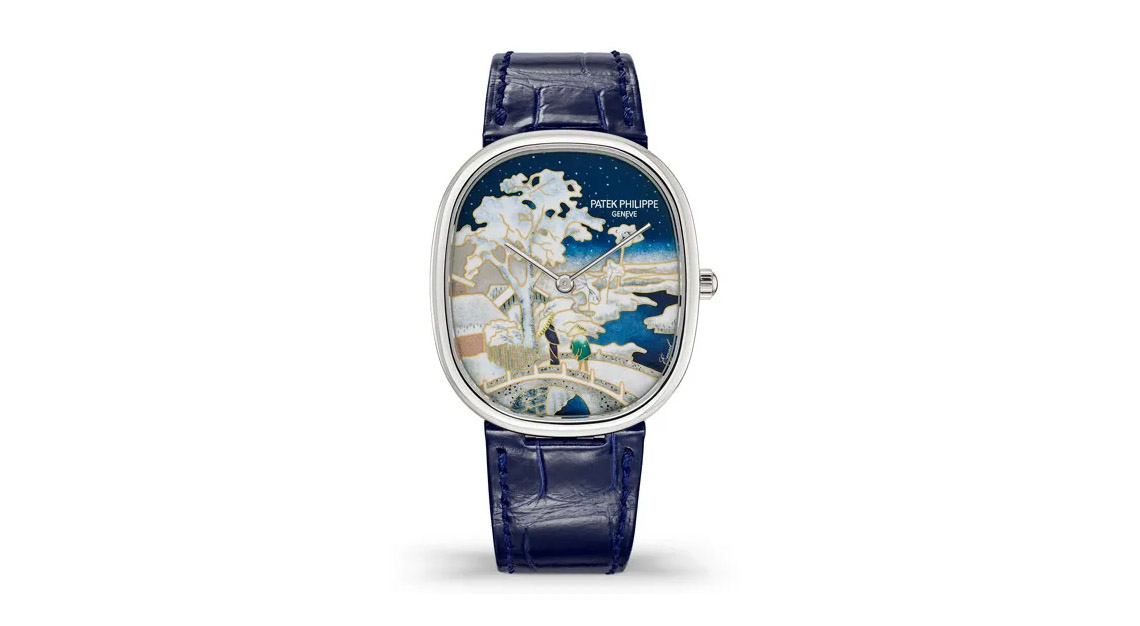
Patek is celebrated for its excellence in creating both sport and complicated watches but among hard-core collectors, its rare handcraft timepieces—be they dome clocks, pocket watches or wristwatches—reflect its dedication to maintaining the artistry and culture of horology.
For Patek experts such as Reardon, that dedication is central to the watchmaker’s legacy. As he deliberated over which models to include on this list, he made the case for a rare handcraft piece. “I am trying to look at this question as if it is the year 2050 and we are looking back,” he tells Robb Report. “History will remember this early 20th century reinvention and commitment to rare handicrafts by Patek in my opinion.”
One recent and much-talked about example of Patek’s rare handcraft excellence is a piece introduced at the Watch Art Grand Exhibition Tokyo 2023, the brand’s sixth and largest grand exhibition to date. Called “Snow-covered Landscape,” Ref. 5738/50G-025 was inspired by a Japanese print depicting a bridge in a snow-covered Tokyo. Housed in a white gold Golden Ellipse case, it features a cloisonné enamel dial incorporating 75 cm of gold wire as well as a palette of opaque, translucent and semi-opaque enamels in 17 shades.
Exhibition watches, like the one described above, are essential to the brand’s overall positioning in the industry, says Wind. “They help Patek continue to be at the top of the food chain in terms of quality and relevance,” he says. “And it makes people excited to know they have something truly unique—that’s part of their appeal.”
Calatrava “Clous de Paris” Ref. 6119G-001
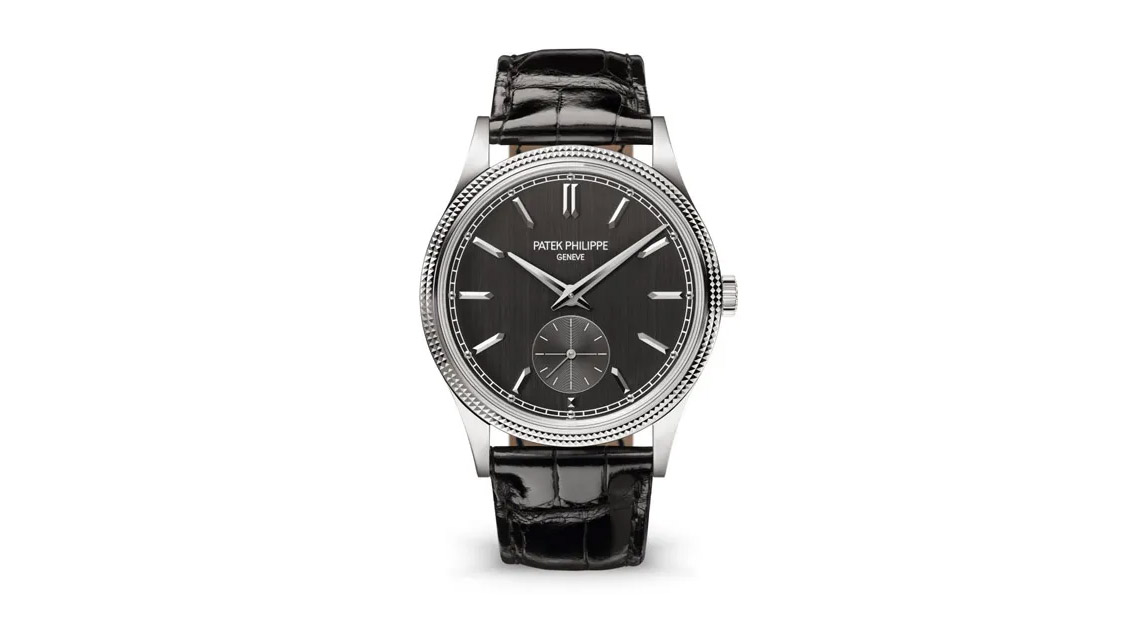
No Patek Philippe collection would truly be complete without a Calatrava, the brand’s signature model. Named after the company’s symbol, the Calatrava Cross — itself named for a 12th-century Spanish order of Cistercian knights that was meaningful to founders Antoni Patek and Franciszek Czapek, both of whom were of Polish Catholic origin — the round watch has long been considered the essence of gentlemanly style.
In 2021, Patek introduced Ref. 6119, a Calatrava featuring a new design (in a slightly enlarged 39 mm case) and a new movement that, according to Wind, sparked renewed interest in the model. “The 6119 got a lot of people very excited,” he says. “The very early ones were selling for US$50,000, maybe more, when the retail was around US$30,000.”
“It’s classic Patek,” he adds. “And it’s got a guilloched hobnail bezel, which is very ’80s-90s Patek but still relevant and feels Patek-like today. They’re the only ones who do that on time-only watches in terms of current production.”
Grandmaster Chime, Ref. 6300A
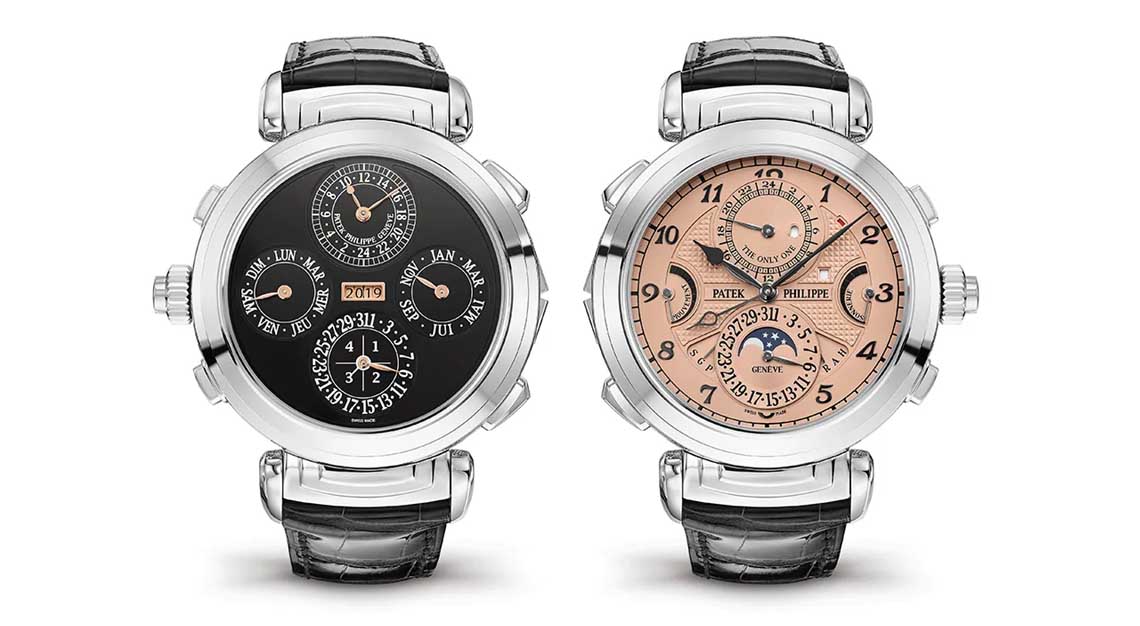
A “marvel of micro-engineering,” according to Wind, this stainless steel über-complication is, at US$31 million, the most expensive watch in the world. Need we say more?


